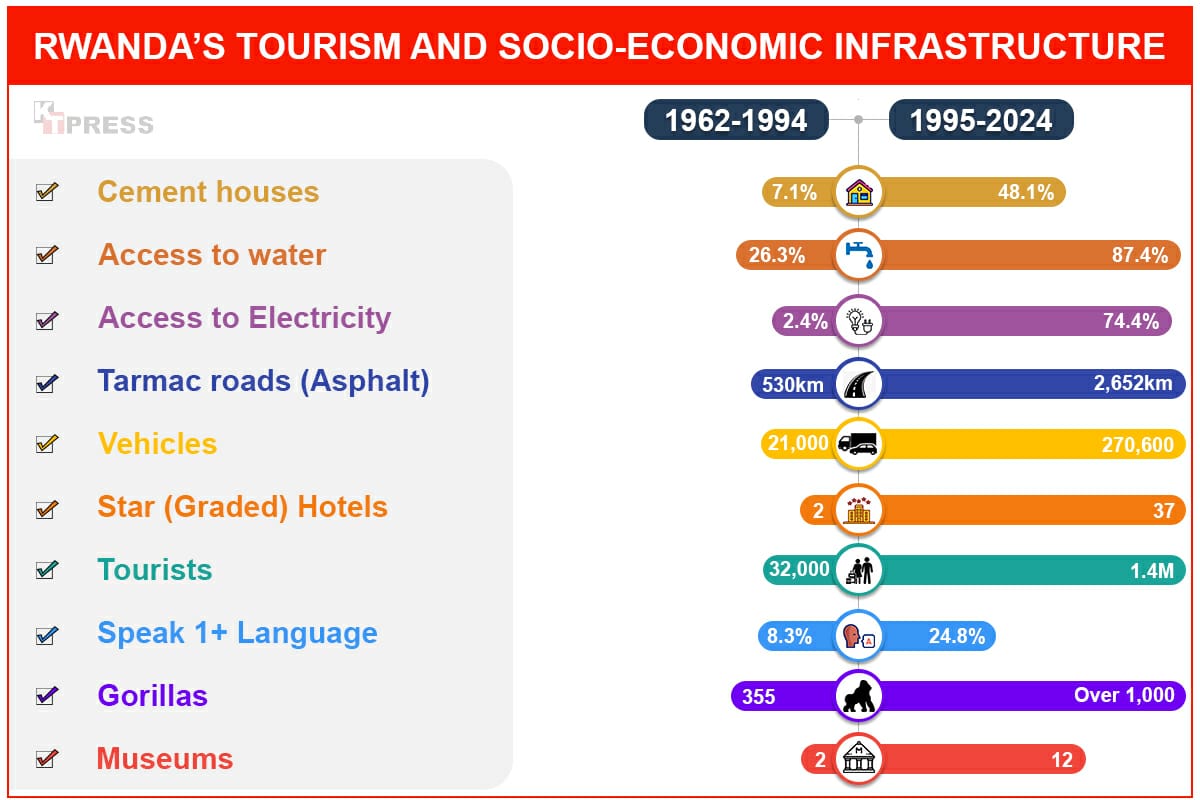
Following independence, Gregoire Kayibanda government planned a donor-funded road to directly connect Ruhengeri (now Musanze) in the north with Gitarama (now Muhanga) in the center. The whole ruling class hailed from the latter.
However, after Juvenal Habyarimana took power in 1973, the project was scrapped. Instead, a new road was prioritized, connecting Gitarama to Ruhengeri via Mukamira (via present-day Ngororero district). This route, nearly double the distance, prioritized the convenience of the new regime, particularly those hailing from northwest Rwanda, including President Habyarimana’s family and influential figures like Minister Nsekarije. The comfort of the ruling class, it seemed, mattered more than efficiency for the average Rwandan.
Another example highlighting political influence on infrastructure is the Kigali-Ruhengeri (Musanze) road. In 1980, the Habyarimana government clashed with the World Bank. The government envisioned a route that traversed the economically important Rutongo mines. This path, while longer, offered greater economic benefits. However, the World Bank, wielding loan leverage, pushed for a supposedly “shorter and cheaper” route. This “shortcut” ultimately proved more expensive and time-consuming to complete.
By 1994, Rwanda’s paved road network had only reached 560 kilometers. This limited infrastructure serves as a reminder of how political agendas often overshadowed economic considerations in road development projects.
In this Data series,we explore the transformation of the country’s economy and infrastructure between 1995 and 2024, compared to the previous three decades, using data to paint a vivid picture of this period of progress.
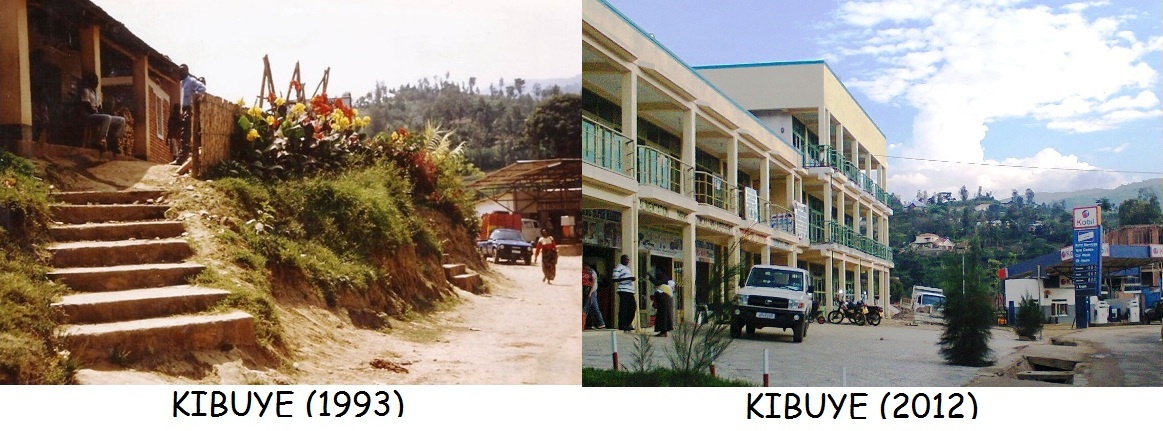
Cement Houses: This statistic highlights a significant improvement in housing standards. In 1991, only 7.1% of Rwandan homes were built with cement. By 2022, this number has grown to 48.1%, indicating a substantial increase in the use of durable building materials.
Access to Water: Access to clean water is essential for good health and sanitation. In 1992, only 26.3% of Rwandans had access to water. By 2024, this number has significantly improved, reaching 87.4%. This signifies a major investment in water infrastructure, bringing clean water to a much larger portion of the population.

Access to Electricity: Reliable electricity is crucial for powering homes, businesses, and industries. In 1994, a mere 2.4% of Rwandans had access to electricity. This number has grown dramatically to 74.4% by 2024. This substantial increase reflects Rwanda’s efforts to expand its national grid and improve electricity access for its citizens.
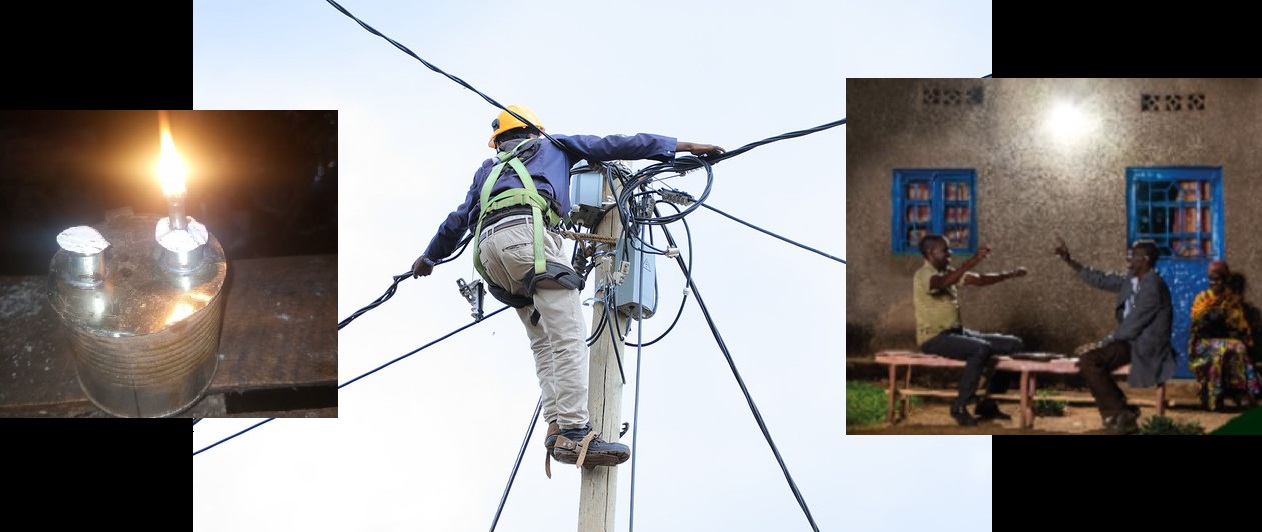
Tarmac Roads: Paved roads are essential for transportation and economic development. In 1993, Rwanda had only 530 kilometers of paved roads. By 2024, this has increased to a more extensive network of 2,652 kilometers. This significant growth shows Rwanda’s investment in improving its transportation infrastructure.

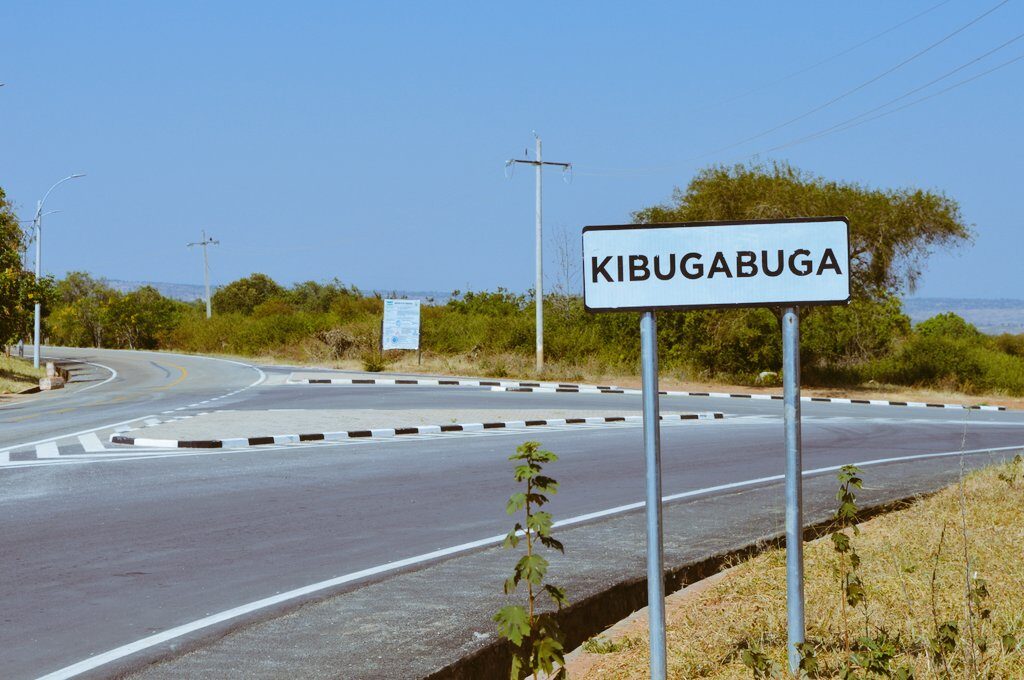
Vehicles: The number of vehicles in a country is an indicator of economic activity and trade. In 1992, Rwanda had only 21,000 vehicles. By 2023, this number has jumped to 270,600. This substantial rise suggests a growing economy with increased transportation needs.
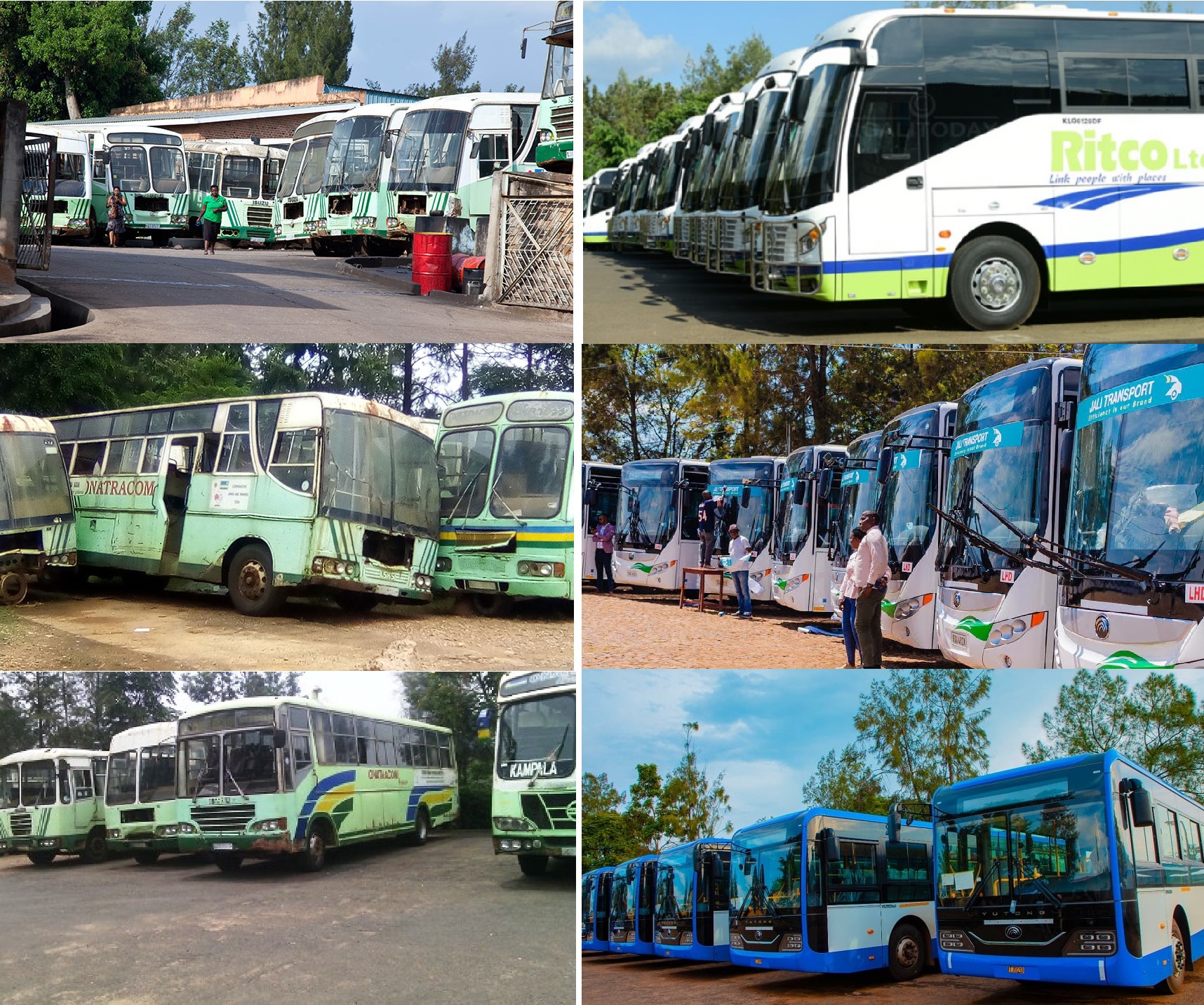 Star Rated Hotels: The presence of high-quality hotels is essential for tourism. In 1991, Rwanda had only 2 star-rated hotels. By 2022, this number has grown to 37. This significant increase suggests Rwanda’s growing focus on attracting tourists and developing its tourism industry.
Star Rated Hotels: The presence of high-quality hotels is essential for tourism. In 1991, Rwanda had only 2 star-rated hotels. By 2022, this number has grown to 37. This significant increase suggests Rwanda’s growing focus on attracting tourists and developing its tourism industry.

 Tourists: Tourism is a significant source of revenue for many countries. In 1988, Rwanda received only 32,000 tourists. By 2023, this number has soared to 1.4 million. This massive increase reflects Rwanda’s success in promoting itself as a tourist destination.
Tourists: Tourism is a significant source of revenue for many countries. In 1988, Rwanda received only 32,000 tourists. By 2023, this number has soared to 1.4 million. This massive increase reflects Rwanda’s success in promoting itself as a tourist destination.
Speaking 1+ Languages: Multilingualism can enhance economic opportunities and global connections. In 1991, only 8.3% of Rwandans spoke more than one language. By 2022, this number has grown to 24.8%. This significant improvement suggests a more globalized Rwandan population.

Gorillas: Rwanda is known for its mountain gorilla population, a major tourist attraction. In 1989, there were an estimated 355 gorillas in Rwanda. By 2024, this number is estimated to be over 1,000. This conservation success story shows Rwanda’s commitment to protecting its wildlife heritage.
Museums: Museums are essential for cultural preservation and education. In 1990, Rwanda had only 2 museums. By 2024, this number has grown to 12. This increase suggests a growing focus on preserving and showcasing Rwandan culture and history.
The country has made visible progress in improving housing, access to basic necessities like water and electricity, infrastructure development, and economic activity.

